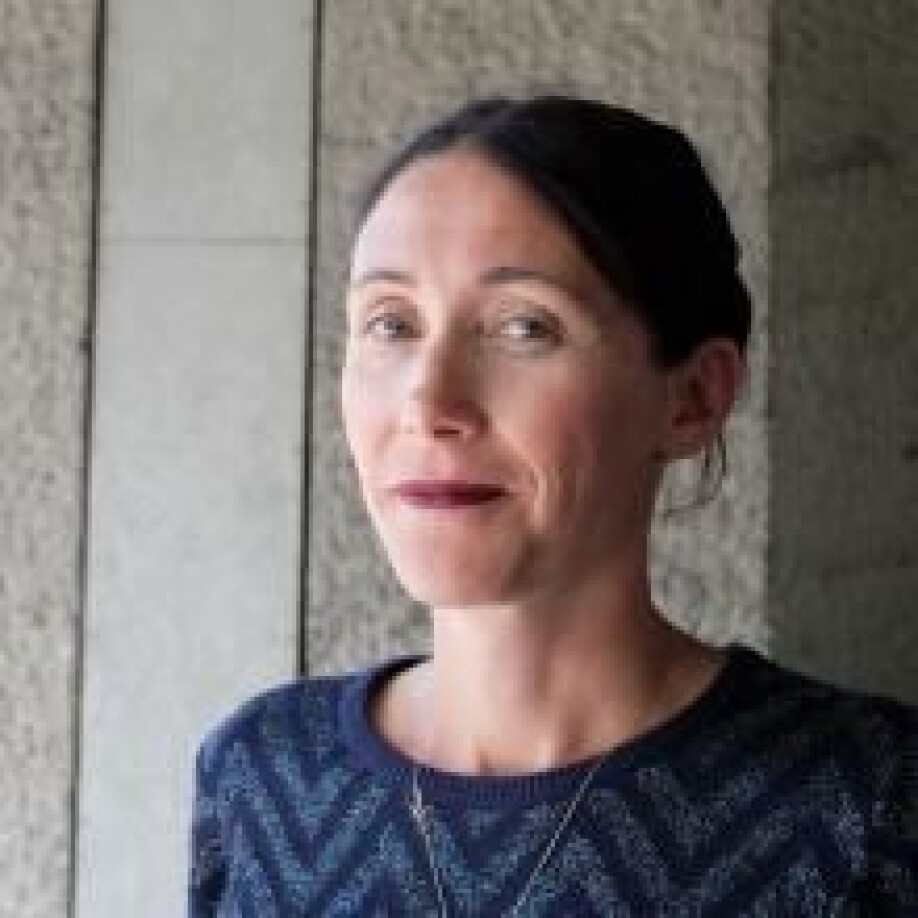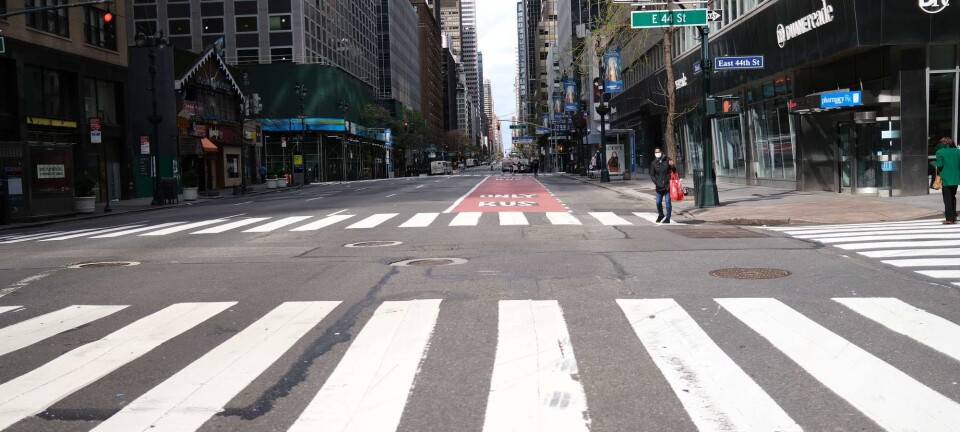This article is produced and financed by University of Oslo - read more

Mixed-phase clouds slow down global warming, but only up to a certain point
As the ice in the clouds melts into droplets, they reflect more sunlight. But in the end there is no more ice left to melt.
Clouds that contain both water droplets and ice crystals, called mixed-phase clouds, have a slowing effect on global warming. This is because the clouds reflect more and more sunlight as ice turns to water.
But what happens when all the ice crystals have turned into droplets?
Doctoral Research Fellow Jenny Bjordal and Professor Trude Storelvmo at the Department of Geosciences at the University of Oslo have tried to figure this out.
“What we have found, is exciting, but also scary,” Storelvmo says.
The results were recently published in the scientific journal Nature Geoscience.

Clouds of ice and water
The clouds they have studied are in areas of the atmosphere with temperatures between 0 and 38 degrees below zero.
“The area where we find most of them is across the Southern Ocean. They are also found elsewhere, but that is where most of them are,” Bjordal says.
As climate scientists, they do not look at individual clouds and how they change or move. They study how the clouds change in an area over a long period of time – and whether they move in height, for example.
“These clouds consist of a mixture of ice crystals and drops,” Storelvmo says.
“When the climate gets warmer, more of the ice crystals will melt,” Bjordal explains.
Each small ice crystal turns into many even smaller droplets which gives an overall larger surface.
“Then the clouds reflect more sunlight,” Bjordal says.
“In that sense, those clouds have helped us a little. They have curbed the warming so far,” Storelvmo says.
Feedback effect

What happens to these clouds is an example of what is called feedback effects. Higher temperatures on Earth lead to changes in the clouds, which in turn affect the temperature.
Feedback effects can be both positive and negative. What the researchers call a positive feedback, means that the temperature will be even higher. Negative for the climate, that is, but positive in the calculations.
Mixed-phase clouds have a negative feedback. When it gets warmer, they reflect more light. They prevent sunlight from hitting the earth. Positive for the climate, but a minus in the figures.
“This means that we get a smaller temperature rise than we would have had without this effect,” Bjordal says.
The hotter it gets, the more ice will melt. This effect will increase as the temperature rises and keep it in check a bit. It does not stop it, but slows it down.
But only up to a certain point.
What happens when all the ice is melted?
At some point, there will be no more ice left. The clouds will still reflect sunlight, but the effect will not be able to increase and become even greater.
“As long as you have ice that can melt, the clouds will constantly reflect more and more. But eventually it will reach a constant level, while the temperature continues to rise. Then the temperature will rise even faster,” Bjordal says.
“You no longer have this calming effect of the clouds becoming more reflective. From that point on, the heating can go much faster,” Storelvmo says.
She does not want to call it a tipping point, a concept that climate scientists are very concerned about, a point where there is no going back.
“But you can imagine that you cross a border into a climate system that is more sensitive to greenhouse gases than you had with this brake pad in place,” Storelvmo says.
“This means that we should preferably avoid reaching this point. We would rather be where we still have our brake pad,” she says.
It is currently not possible to determine exactly when this will happen or exactly what it takes for us to avoid ending up there. But it fits into the series of warnings from climate scientists.
“The hotter it gets, the faster it will go, and the harder it will be to stop the warming,” Bjordal says.
Reference:
Jenny Bjordal et.al.: Equilibrium climate sensitivity above 5°C plausible due to state-dependent cloud phase feedback. Nature Geoscience, 2020. Summary Doi.org/10.1038/s41561-020-00649-1


































